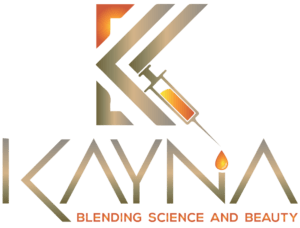BOTOX
Overview
Botox is a drug that weakens or paralyzes muscle. In small doses, it can reduce skin wrinkles and help treat some medical conditions.
Botox is a protein made from Botulinum toxin, which the bacterium Clostridium botulinum produces. This is the same toxin that causes botulism.
Botox is a toxin, but when doctors use it correctly and in small doses, it can have benefits. It has both cosmetic and medical uses.
As a cosmetic treatment, Botox injections can reduce the appearance of skin wrinkles.
Also, the Food and Drug Administration (FDA) have approved it as a treatment for various health issues, including eyelid spasms, excessive sweating, some bladder disorders, and migraine.
Cosmetic Uses
The primary use of Botox is reducing the appearance of facial wrinkles.
According to the American Board of Cosmetic Surgery, Botox injections are the most popular cosmetic procedure nationwide. In 2016, over 7 million people had Botox treatments.
The effects are temporary, lasting 3–12 months, depending on the type of treatment.
People often request the injections in the following areas of the face:
- wrinkles between the eyebrows, called frown lines, glabellar lines, or elevens
- wrinkles around the eyes, known as crow’s feet
- horizontal creases in the forehead
- lines at the corners of the mouth
- “cobblestone” skin on the chin
Medical Uses
Healthcare professionals also use Botox to treat a variety of medical conditions, most of which affect the neuromuscular system.
The FDA have approved Botox for the following uses. Unless otherwise specified, the approval is for use in people 18 or older:
- upper limb spasticity, in anyone older than 2 years
- crossed eyes, or strabismus, in those older than 12 years
- severe underarm sweating, or hyperhidrosis
- preventing migraine in people whose migraine headaches last at least 4 hours on 15 or more days per month
- reducing symptoms of an overactive bladder due to a neurological condition if anticholinergic medications do not help
- eyelid spasms, or blepharospasm, due to dystonia
- a neurological movement disorder called cervical dystonia that affects the head and causes neck pain.
Some people also have Botox injections for off-label, or unapproved, uses, including as treatments for:
- alopecia
- sialorrheaTrusted Source, which involves producing too much saliva
- psoriasis
- dyshidrotic eczema, which affects the palms of the hands and soles of the feet
- anismus, a dysfunction of the anal muscle
- post-herpetic neuralgia
- vulvodynia, pain and discomfort in the vagina without a clear cause
- Raynaud’s disease, which affects circulation
- achalasia, an issue with the throat that makes swallowing difficult.
Other Conditions
Other issues and medical conditions that may benefit from off-label Botox use include:
- facial redness and flushing, including during menopause
- keloids and scars from wound healing
- hidradenitis suppurativa, an inflammatory skin disease
- blistering lesions due to Hailey-Hailey disease, a rare genetic disorder
